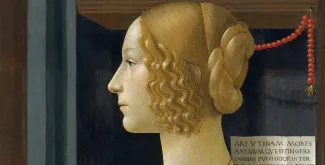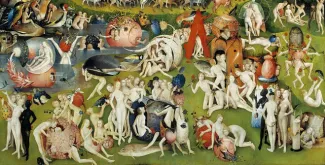Cervantes House
Information
Cervantes lived at number 2 of the street that is now named Calle Cervantes (previously Calle de Francos), where curiously the house of Lope de Vega is situated. The remains of Cervantes, in turn, rest in the Convent of the Trinitarias, which is situated in the street Calle Lope de Vega. Cervantes died in this latter house in the street Calle del León, corner with Calle Cervantes.
In the year 1833, the proprietor of the building, Luis Franco, wished to demolish the house, which was in a ruinous condition, in order to build a new one. On 23 April of that same year, when the demolition of the house in question was about to begin, Ramón de Mesonero Romanos wrote in the only literary newspaper of the era a short article in memory of the writer and on the matter of the demolition. This article attracted the attention of King Fernando VII, who proposed that the work be suspended so that the State could purchase the building. But the proprietor refused to cede and the demolition was carried out. Once the new building had been finished - the entrance of which was no longer in Calle del León but in Calle Francos - a relief was placed on the façade with the bust of Cervantes and an inscription commemorating his stay and death in that place. Thereupon the name Calle de Francos was changed to that of Calle de Cervantes, and thus it remains.
Docking stations:
- Huertas (calle Jesús, 1)
- Plaza de Santa Ana, 10
Our suggestions

Thyssen-Bornemisza National Museum





